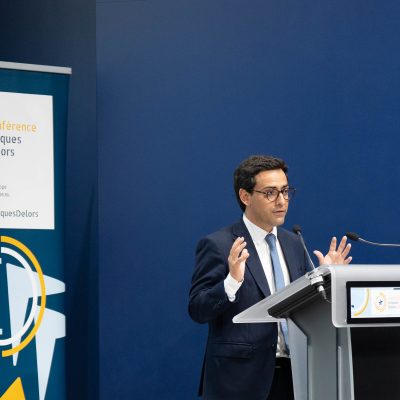Pour une politique de solidarité territoriale post-2020
Le débat budgétaire post-2020 s’engage enfin, débarrassé d’une négociation longtemps confuse sur les termes du Brexit et de la laborieuse formation du nouveau gouvernement allemand. La Commission tente de forcer l’allure pour obtenir un accord sur les perspectives financières sous la présente mandature. Pour ce qui est de la politique de cohésion, bien qu’associée à des résultats positifs, son poids dans le budget européen, près d’un tiers, en fait une cible prioritaire.

La Commission a présenté récemment une représentation cartographique caricaturale d’une éventuelle réduction de sa dotation. À budget égal (370 milliards d’euros), la politique resterait inchangée ; à budget réduit de 25% (275 milliards d’euros), seules les régions les moins développées et les « pays de la cohésion » (avec un PIB/habitant national inférieur à 90% de la moyenne des 28) recevraient des financements ; à budget diminué de 33% (245 milliards d’euros), les « pays de la cohésion » seraient les seuls bénéficiaires. Cette dramatisation de l’enjeu est à la fois peu réaliste, car on peine à identifier un seul État favorable à une telle coupe à la hache, et peu flatteuse car elle réduit la politique régionale à un guichet financier, ce qu’elle n’a jamais été.
Dans ce décryptage, Marjorie Jouen, conseillère à l’Institut Jacques Delors, affirme que le temps est probablement venu de se concentrer sur l’essentiel et de s’accorder sur les quatre éléments fondamentaux de la politique de solidarité territoriale dont l’UE aura besoin dans les années 2020.




